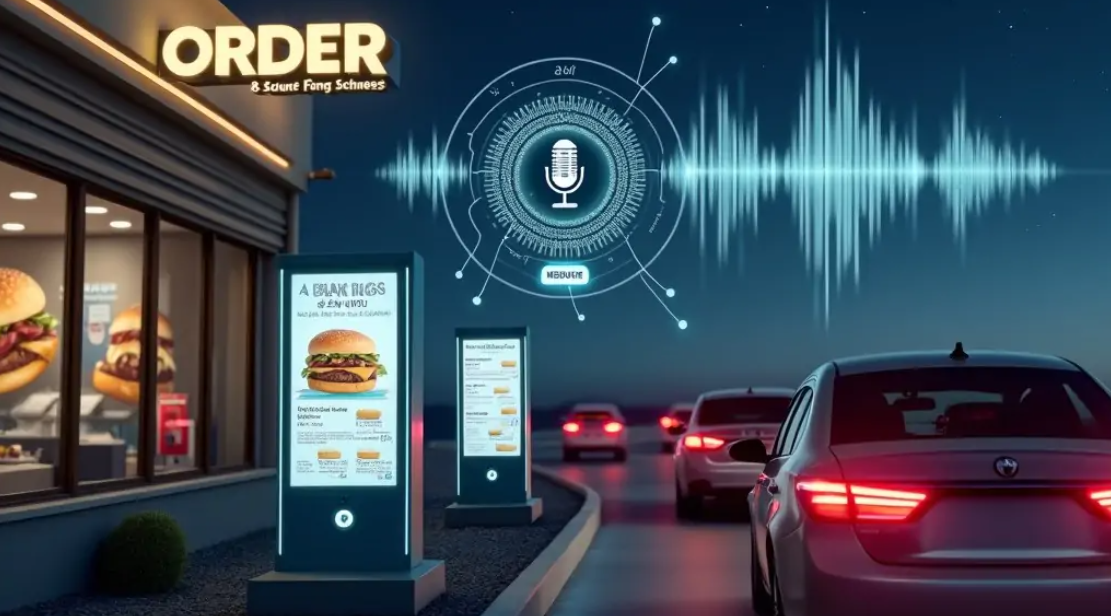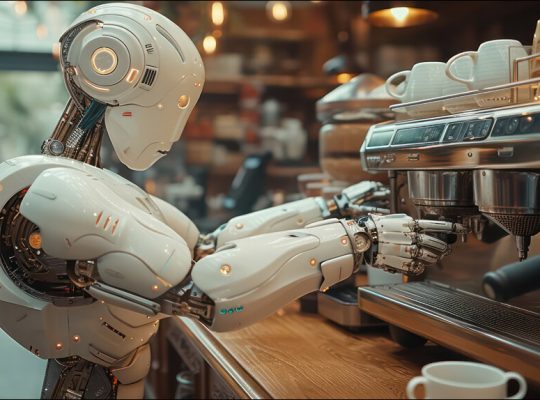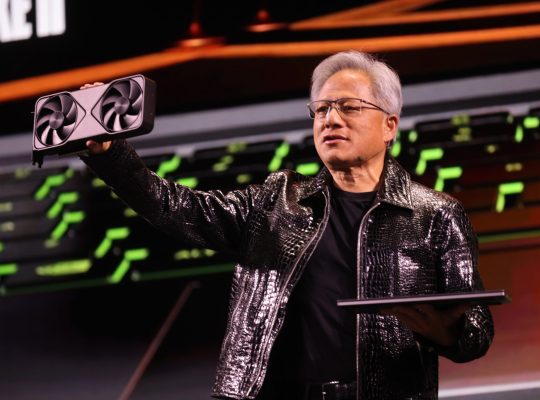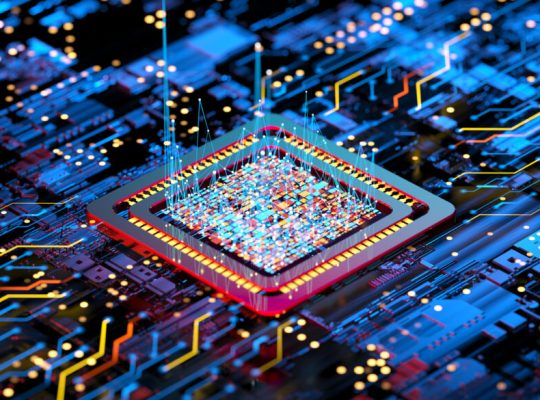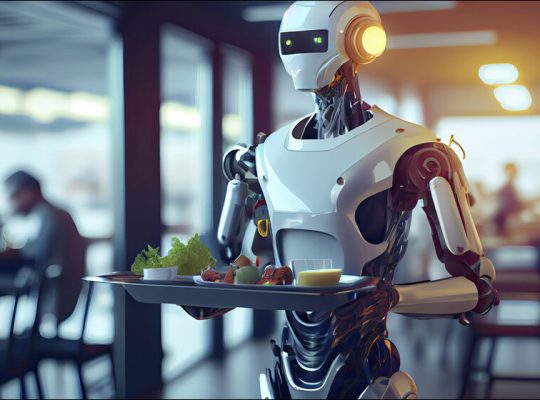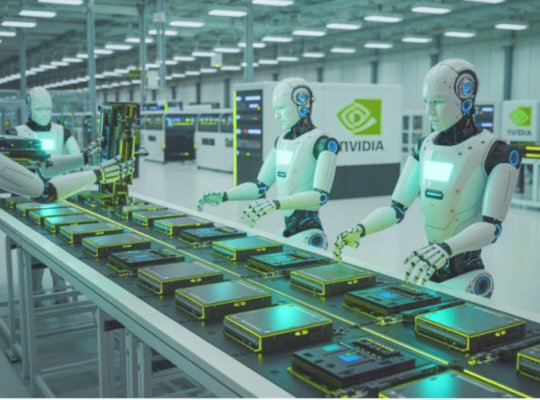The future of AI-powered drive-thru systems in fast-food chains is incredibly promising and will likely become the standard for the industry. While there have been some highly publicized hiccups (like McDonald’s ending a large-scale AI drive-thru test due to accuracy issues), the underlying technology is rapidly advancing, and the benefits for both businesses and customers are too significant to ignore.
Here’s a look at what the future holds:
1. Hyper-Personalization and Contextual Awareness:
Dynamic Menus: AI will analyze individual customer preferences, past orders, loyalty program data, and even real-time factors like weather and local events to offer highly personalized menu suggestions and promotions on digital menu boards. “Want your usual, plus a new seasonal shake?”
Anticipatory Ordering: Systems will become adept at predicting what a customer might want based on their license plate recognition (with consent), mobile app data (geo-fencing), and even the car’s occupants (e.g., suggesting kids’ meals if children are present). This means orders could be largely assembled before the customer even speaks.
Multi-Modal Interactions: Beyond just voice, AI will integrate with visual cues (like gesture recognition or eye-tracking on screens) and potentially even emotional analysis to better understand customer mood and adapt interactions accordingly.
2. Near-Flawless Conversational AI:
Generative AI & LLMs: The rapid advancements in Large Language Models (LLMs) and generative AI are the game-changer. These will enable AI to understand natural, unscripted speech, handle complex orders with multiple customizations, respond to questions about ingredients, and even engage in more human-like banter. This directly addresses the accuracy issues seen in earlier AI versions.
Multilingual Support: AI drive-thrus will seamlessly switch between languages, catering to a diverse customer base and enhancing inclusivity.
Robust Noise Cancellation: Enhanced audio processing will allow AI to accurately understand orders even with significant background noise, such as other cars, music, or shouting children.
3. Seamless Integration and Operational Intelligence:
End-to-End Automation: AI in the drive-thru will be just one component of a larger automated ecosystem. It will be deeply integrated with kitchen management systems (e.g., sending orders directly to robotic fryers or prep stations), inventory management (predicting demand and optimizing stock), and even predictive maintenance for equipment.
Real-time Optimization: AI will constantly monitor drive-thru traffic, order patterns, and kitchen capacity to optimize workflows. This could include dynamic lane assignments, suggesting faster-to-prepare items during peak hours, or alerting staff to potential bottlenecks.
Unified Data Insights: The immense data collected by AI systems will provide invaluable insights into customer behavior, popular menu items, peak times, and operational inefficiencies, allowing chains to make data-driven decisions for everything from menu development to marketing strategies.
4. Hybrid Human-AI Models:
Human Oversight and Intervention: While AI will handle the majority of interactions, human employees will still play a crucial role. They will be on standby to intervene for complex or unusual requests, troubleshoot issues, and provide a human touch for customers who prefer it. This creates a “best of both worlds” scenario, combining efficiency with personalized service.
Upskilling Staff: As AI takes over repetitive tasks, human staff can be upskilled to focus on higher-value activities like quality control, customer engagement (e.g., resolving complaints or handling special requests), and overall restaurant management.
5. Addressing Current Challenges:
Data Quality and Training: Companies will invest heavily in gathering and cleaning vast, diverse datasets to train AI models, ensuring they can handle a wide range of accents, dialects, and order complexities.
Cost and ROI: As the technology matures and becomes more accessible, the initial high costs of implementation will decrease, and the ROI from increased efficiency, accuracy, and customer satisfaction will become even clearer.
Customer Acceptance: As AI becomes more sophisticated and less prone to errors, customer trust and acceptance will grow, especially among younger, tech-savvy demographics. Marketing and positive initial experiences will be key.
Ethical Considerations: Companies will continue to address concerns around data privacy (e.g., license plate recognition, facial recognition) and job displacement through transparent policies and retraining programs for employees.
In essence, the future of AI-powered drive-thrus is not just about speed, but about creating an intelligent, seamless, and personalized experience that redefines convenience in the fast-food industry. It’s a journey from basic automation to truly intelligent, adaptive, and customer-centric service.






